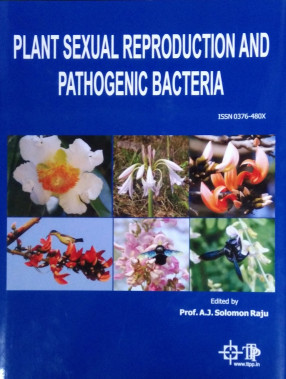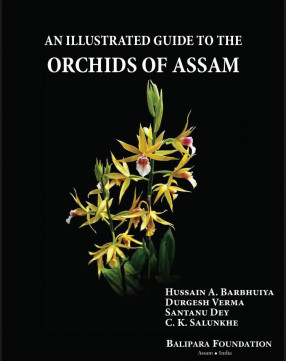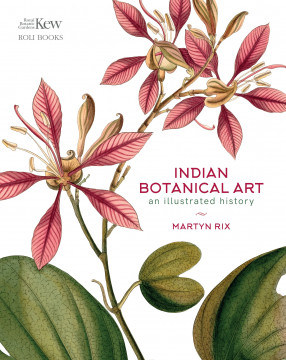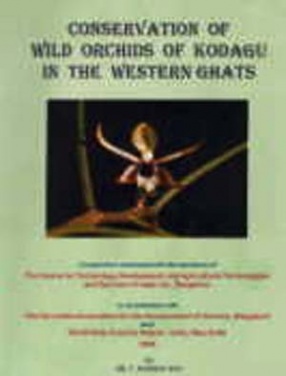Flora of the Kashmir Himalaya: Sind Valley, Vol. 2
This compendium presents a comprehensive and authoritative account of the seed plant diversity of the Sind Valley in the Kashmir Himalaya—a botanically rich corridor that links the temperate region of Kashmir with the cold desert of Zanskar in Ladakh, and has historically served as a gateway to Central Asia and the Silk Route. Drawing upon over four decades of dedicated field exploration, meticulous plant collection, extensive herbarium studies, and rigorous scrutiny of global taxonomic literature, this work provides state-of-the-art taxonomic information on seed plants from one of the most ecologically and phytogeographically significant regions of the Himalayan biodiversity hotspot.
Organized into seven chapters across two volumes, the Flora documents 1,390 taxa (1,380 species and 10 infra-specific taxa), representing 575 genera and 116 families in 42 orders, including both gymnosperms and angiosperms. Each taxon is accompanied by accurate descriptions, identification keys, and notes on distribution and ecology.
This is the first Flora from the Western Himalaya (and possibly from India) to be organized according to the latest Angiosperm Phylogeny Group IV (APG IV, 2016) classification system, making it fully aligned with the most contemporary floristic references and global standards.
The genera and species presented in this Flora follow the currently accepted names as listed in the continuously updated Plants of the World Online (POWO), which is based on the World Checklist of Vascular Plants (WCVP) and the International Plant Names Index (IPNI). These authoritative databases are maintained by the Royal Botanic Gardens, Kew, and reviewed by experts worldwide. As a result, the taxa included reflect their most up-to-date circumscriptions, diagnoses, nomenclatural status, and taxonomic placement.
The work includes a broad and up-to-date bibliography, supplemented by a rich webliography, providing a valuable foundation for further research on the flora of the Kashmir Himalaya in the context of global botanical studies.
The book serves as a practical and reliable field guide for the authentic identification, current nomenclature, and modern classification of seed plants in the Northwestern Himalaya. It is designed to be a ready reference for plant identification in Kashmir and stands as a contemporary model for future floristic work in the region. This compendium will be of immense value to students, research scholars, teachers, and academics specializing in plant taxonomy and floristics, as well as those engaged in the broader fields of botany, ecology, phytogeography, biodiversity, and conservation biology.
In addition, it offers a vital knowledge base for naturalists, forest officials, policy planners, resource managers, government bodies, NGOs, and biodiversity boards or alliances. With considerable bio prospective relevance, it will also benefit herbal practitioners and support bio-resource teaching and research programs focused on plant-based resources.
Get it now and save 10%
BECOME A MEMBER








Bibliographic information
Rafael Herman Anna Govaerts